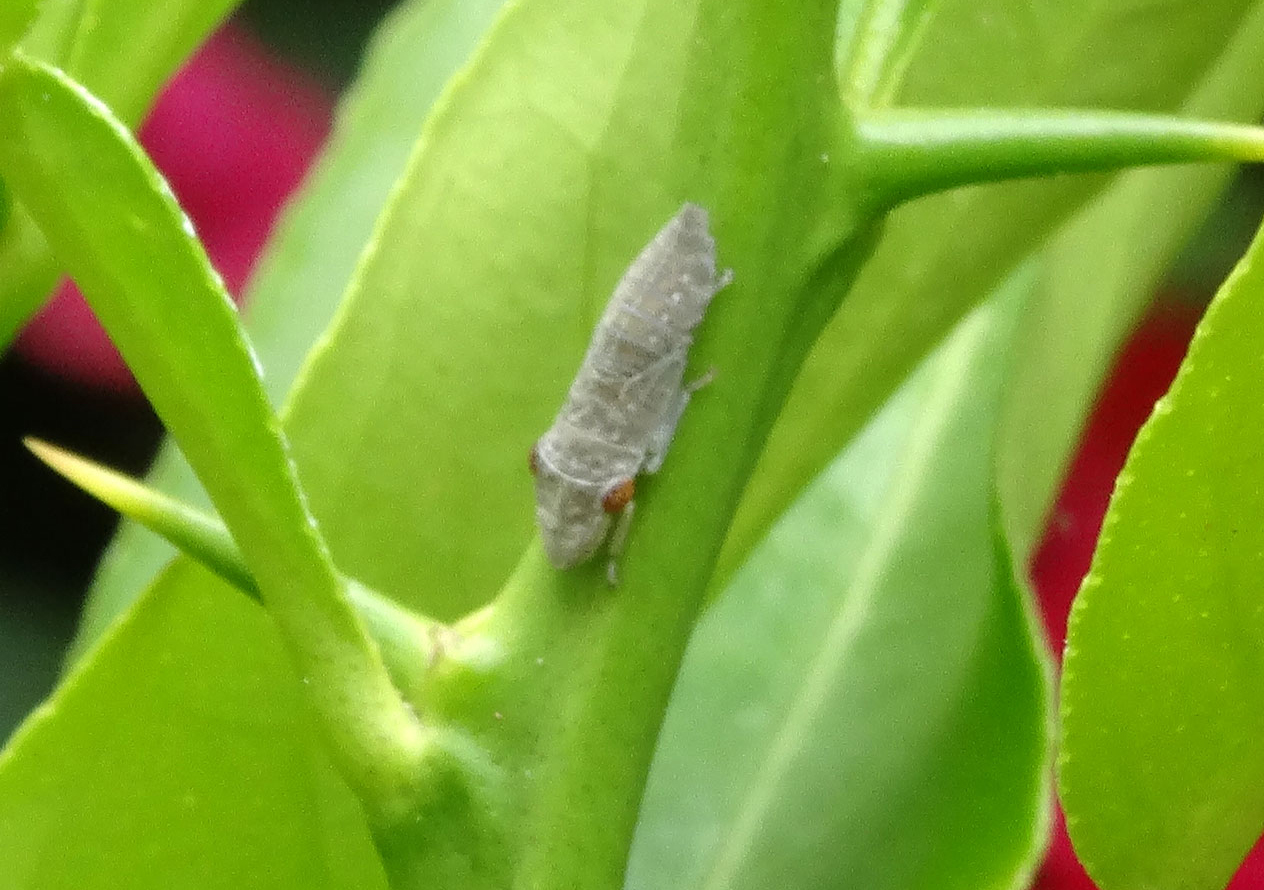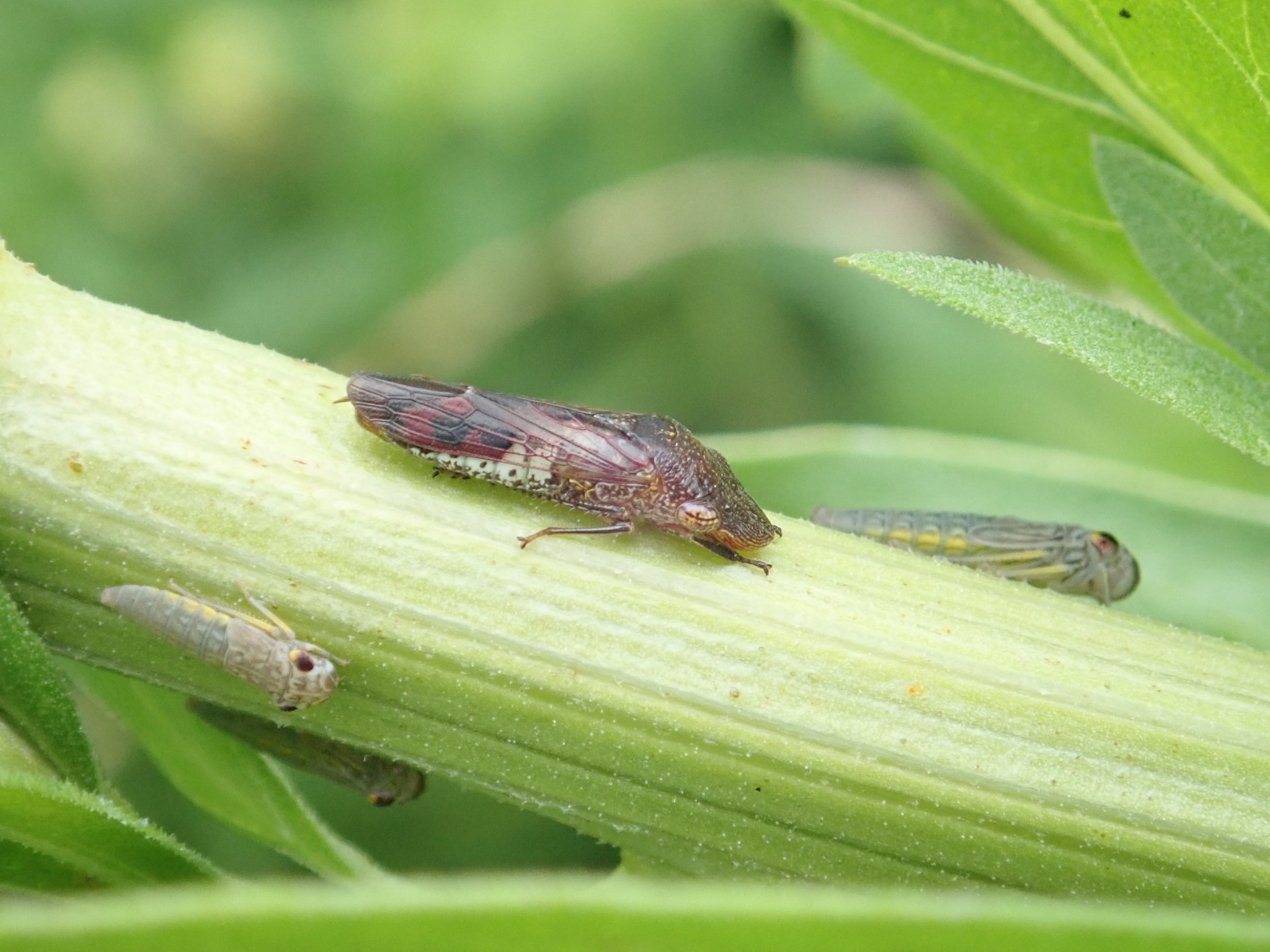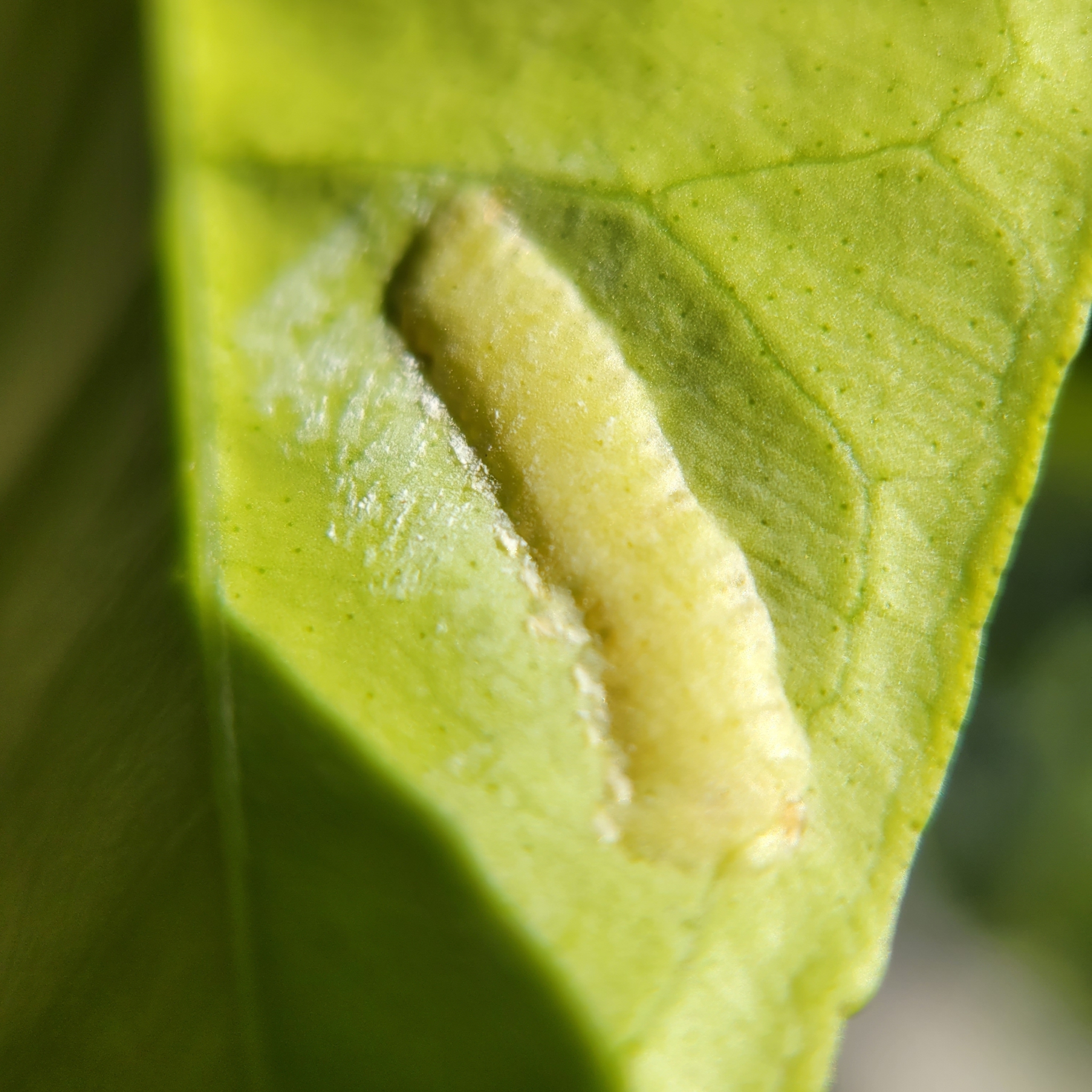
Glassy-winged sharpshooter is a declared pest in WA
Glassy-winged sharpshooter is not known to occur in Australia and must be reported to DPIRD if found or suspected to be present in WA.
As a vector of Xylella diseases, the glassy-winged sharpshooter is a serious threat to Australia’s viticulture, citrus, stone fruit, nut and nursery industries. This pest is not known to occur in WA, so early detection of possible cases is critical.
About glassy-winged sharpshooters
Glassy-winged sharpshooter (Homalodisca vitripennis) is a sucking leafhopper known to be a vector to bacterium Xylella fastidiosa, which causes various serious plant diseases.
This insect pest is not present in Western Australia. Its early detection and reporting will improve chances of eradication and containment to help protect fruit, nut, nursery and viticulture industries in WA from the harmful exotic bacteria.
- The glassy-winged sharpshooter has a host range of over 200 plant species, including almond, cherry, citrus, grapes, macadamia, peach, pecan and plum.
- Host preference changes throughout the year, depending on the availability and nutritional value of host plants.
- Possible locations could include orchards, vineyards, bushland, natural reserves, plantations, nurseries and urban areas.
- Adult leafhoppers are dark brown (12-14 mm long) with whitish to yellow abdomen, and yellow-orange face and legs. Their bodies are covered with ivory or yellowish spots on the head and back. They have a large head with prominent eyes, and large smoky-brown transparent wings with reddish veins.
- Wingless, greyish nymphs have a body shape like the adults.
- This pest is often found feeding on woody plant tissues such as stems, trunks, branches and leaf petioles.
- Masses of up to 27 eggs, dusted with whitish powder, are laid in side-by-side rows on the underside of recently expanded leaves.
- Green water blisters to tan or brown scars on the leaves can develop as eggs hatch.
- Leaves, stems, and fruit may present a whitewashed appearance (leafhopper rain, a result of their liquid excrement drying on the affected surfaces).



- As a vector of Xylella diseases, the glassy-winged sharpshooter is a serious threat to Australia’s viticulture, citrus, stone fruit, nut and nursery industries. Infected plants cannot be cured of the disease.
- Glassy-winged sharpshooters are very good flyers, making them able to transmit plant diseases further than other vector leafhoppers.
- Feeding on plants rarely causes significant plant damage, although the insects do excrete a high volume of liquid (leafhopper rain) that can make leaves and fruit appear whitewashed when dry.
- Large populations of glassy-winged sharpshooters:
- may cause small plants to wilt in hot weather because of their feeding habits.
- can be a nuisance to cars parked under shade trees as these tend to become spotted with watery excreta.
- Glassy-winged sharpshooters ingest 100 to 300 times their dry body weight in xylem fluid per day, with feeding times coinciding with the period of peak nutrient content in the host plant.
- They have a digestive system adapted to filter the ingested fluid and improve nutrient absorption.
- Adults hibernate in forest areas over winter. The survivors will create new colonies in spring.
- Adults and nymphs can move between tree areas and pastures. Glassy-winged sharpshooters are strong fliers and can move rapidly from plant to plant. Wingless nymphs can spread throughout the orchard by walking and jumping through the canopy or along the ground to a new host.
- Spread over long distances is facilitated by human activity, with eggs transported on nursery stock of either crop or ornamental plants.
WA's freedom from glassy-winged sharpshooter is supported by general and specific surveillance and specific import requirements to prevent its entry.
Legal duty to report
Glassy-winged sharpshooter is not known to occur in WA.
Homalodisca vitripennis (Germar, 1821) is a declared pest under section 12 of the Biosecurity and Agriculture Management Act 2007.
This means that any person who finds or suspects the presence of glassy-winged sharpshooter must report it to DPIRD.
Report suspected glassy-winged sharpshooter
Early detection and eradication will help protect WA’s wine and grape production, and fruit and nursery industries. If you find or suspect the presence of glassy-winged sharpshooter, report it in one of the following ways.
Related information
- Biosecurity and Agriculture Management Act 2007
- Glassy-winged sharpshooter – a nursery industry biosecurity threat
- Glassy-winged sharpshooter (Invasive Species Council)
- Pest and Disease Information Service (PaDIS)
- Report on Pierce’s disease and the glassy-winged sharpshooter (DAFF)
- Sharpshooter "leafhopper rain (video)
- The glassy-winged sharpshooter (video - University of California Television)
- Western Australian Organism List (WAOL)
